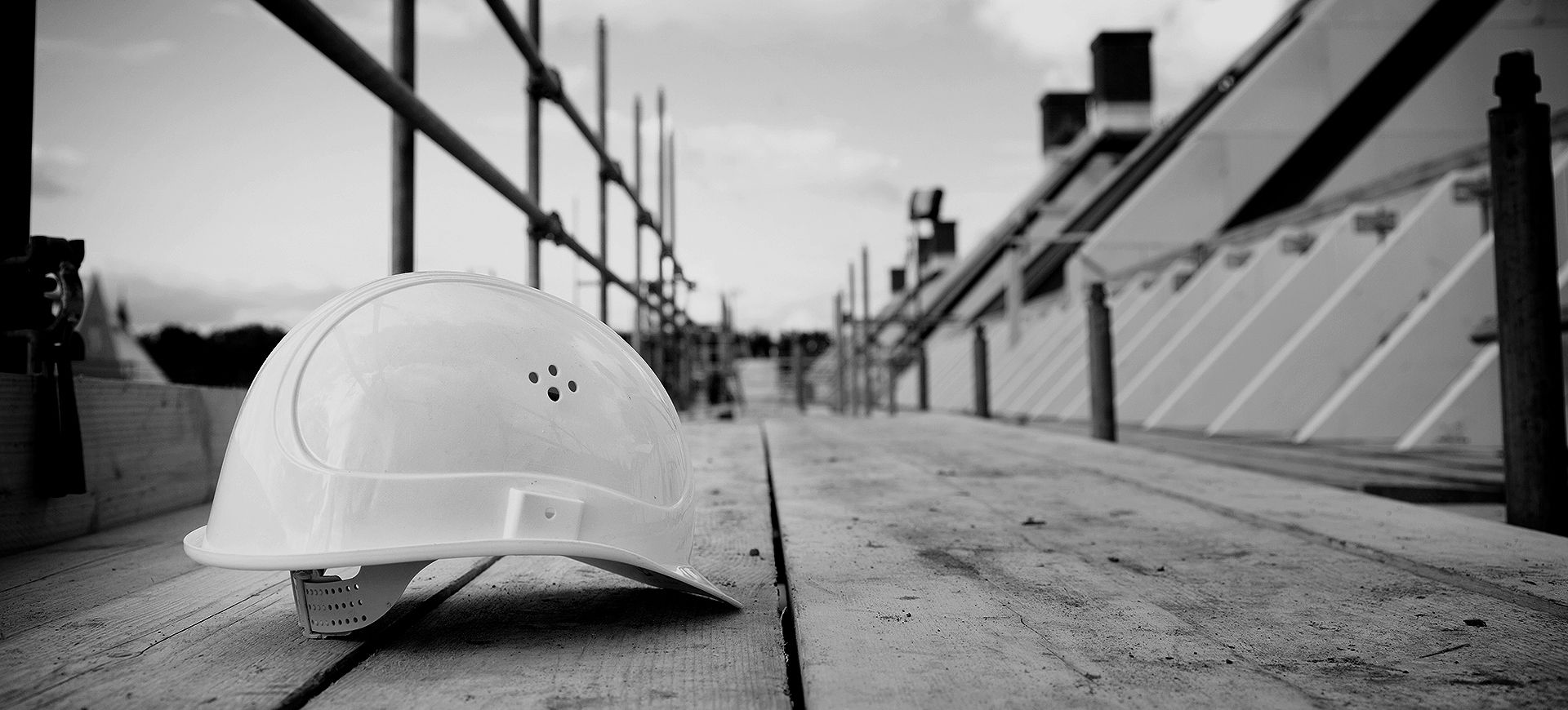Roof repair is a crucial aspect of home maintenance that involves the identification, diagnosis, and rectification of issues affecting the structural integrity and functionality of a roof. Given that your roof is one of the primary defenses against the elements, timely repairs can prevent further damage, safeguard your home’s interior, and extend the lifespan of your roofing system.
Common Causes of Roof Damage
- Weather Conditions:
- Heavy Rain: Persistent rainfall can lead to leaks and water accumulation in various areas, resulting in rot and mold.
- Snow and Ice: Accumulation of snow can add extra weight and pressure, while ice damming can force water under shingles.
- High Winds: Strong winds can dislodge shingles, tiles, or other roofing materials.
- UV Radiation: Over time, prolonged exposure to the sun can cause materials to break down or become brittle.
- Age and Wear:
- Aging materials can deteriorate, leading to cracks, gaps, or complete failures in the roofing system.
- Poor Installation:
- Incorrect installation of roofing materials may lead to premature failures and leaks.
- Lack of Maintenance:
- Neglecting regular inspections can allow small issues to develop into larger, more expensive problems.
Signs That Your Roof Needs Repair
- Leaking Ceilings: Stains or water spots on the ceilings and walls are classic signs of roof leaks.
- Missing or Damaged Shingles: Shingles that are cracked, curled, or missing altogether compromise the roof’s ability to keep water out.
- Granule Loss: The presence of granules in gutters or on the ground indicates that the shingles are deteriorating.
- Sagging Roof: A sagging roofline can signal water damage or structural issues that need urgent attention.
- Water Pools: Puddles or pools of water on the roof surface indicate improper drainage and can lead to leaks.
Steps in Roof Repair
- Inspection:
- A thorough examination of the roof and attic space is essential. This typically involves checking for leaks, examining the integrity of roofing materials, and assessing any signs of pests or decay.
- Diagnosis:
- After inspection, identifying the specific problems is key to determining the most effective repair solutions.
- Preparation:
- Clear the work area of any debris, and gather necessary materials and tools. Safety gear, including harnesses and goggles, is crucial, especially when working at heights.
- Repair Work:
- Patch Leaks: Use roofing cement or patches for small leaks. More extensive repairs may involve replacing entire sections of shingles or tiles.
- Replace Missing Shingles: New shingles should be matched to existing ones as closely as possible to maintain aesthetic appeal and functionality.
- Fix Flashing: Repair or replace damaged flashing that may be allowing water to penetrate at joints, chimneys, or vents.
- Gutter Maintenance: Ensure gutters are cleaned and free from obstructions to allow for proper drainage.
- Final Inspection:
- After repairs are completed, conduct a final inspection to ensure all issues have been addressed and that the roof is secure.
Preventative Measures
- Regular inspections should be carried out at least twice a year, and after significant weather events.
- Maintaining clean gutters and downspouts is essential to prevent water backup.
- Trimming overhanging tree branches can minimize falling debris and potential punctures from limbs.
Conclusion
Roof repair, while sometimes a daunting task, is essential for protecting your home and prolonging the life of your roof. The process demands attention to detail, safety precautions, and sometimes the expertise of professionals, particularly for more extensive repairs. By staying vigilant about the condition of your roof and addressing potential issues promptly, you can avoid costly damage and maintain the comfort and safety of your home.
